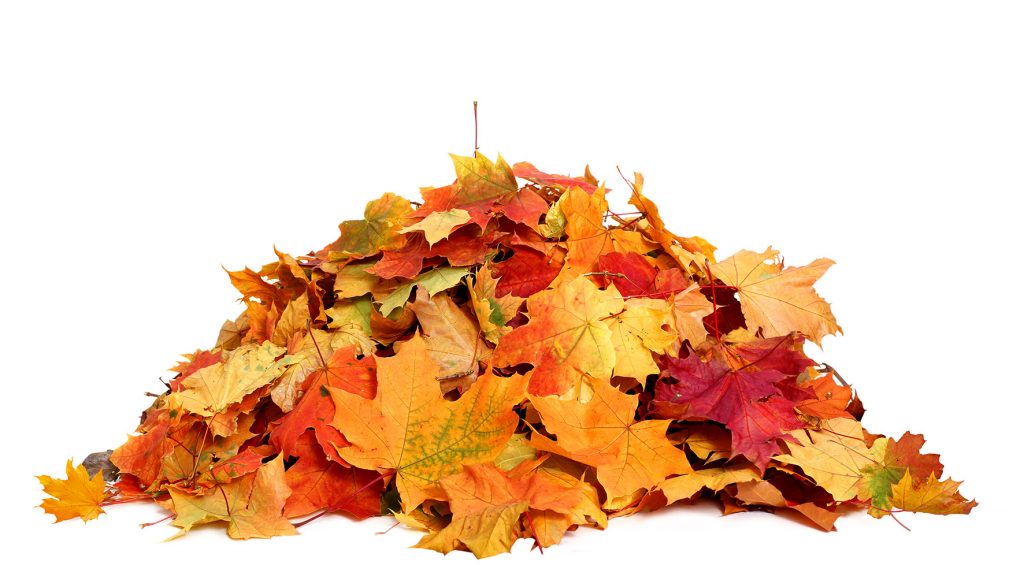Graham Barrett, the gardening expert at beanbags.co.uk said, “When you burn fallen leaves, you are releasing carbon dioxide into the atmosphere. That may not seem like a big deal, but when you consider that 65 percent of the world’s forests have been cleared for agriculture, industry and other human uses, it becomes much more significant.
“Burning leaves also releases other pollutants into the air — chemicals that can cause respiratory problems in humans and animals alike. This is why burning leaves is illegal in many areas of the country.
“In addition to these health concerns, burning fallen leaves is also bad for wildlife and plant life in your garden or yard. Plants need carbon dioxide to survive, so when you burn fallen leaves, you’re robbing them of this vital nutrient — which can kill them off quickly if they don’t get enough new growth each year to replace what was burned away by fires.
“It also doesn’t help your lawn grow better next year. The nutrients in your lawn are often locked up in fallen leaves that haven’t decomposed yet — so when they decompose, they release nitrogen back into the soil to help grass grow again next year. But if those nutrients are burned instead of decomposed by bacteria or fungi, they won’t be available for next year’s grass growth at all!”
Eight more effective ways to reuse your dead leaves in your garden 🍂

1. Mowing over the dead leaves can improve the health of your lawn whilst making your plants more robust
Every week, you should aim to mow over your dead leaves. The blades will chop up the leaves and distribute them throughout your lawn as mulch. This is especially good if you’re starting to notice moss growing on your lawn, as mulching will help prevent moss from taking over.
However, mowing over dead leaves is also beneficial for your plants! Over time, the leaf particles will be broken down into nutrients, which help your plants build resilience by developing more robust root systems.
2. Add them to a compost pile to help your soil flourish in Spring
If you have a lot of dead leaves, this is definitely the perfect excuse to create a compost pile. You can make compost with leaves alone, or combine them with other organic materials like grass clippings and kitchen scraps. To create compost, simply pile up the leaves in a corner of your backyard and leave them there. Eventually, they will break down into rich soil that can be used as fertiliser for your plants.
Then let the compost sit all winter, turning the pile occasionally to aerate it. If the compost pile starts to appear dry, you just need to add water from your garden hose, whilst turning with a pitchfork. By the time spring rolls around, you should have some nice compost to mix into your garden soil.
3. Make leaf mould to benefit your vegetable and flower patches
If composting sounds like too much work, then you should instead make leaf mould. All you need to do is rake the leaves into a big pile in the corner of your garden. After a year, the leaves should have disintegrated into a dark, sweet-smelling, soil conditioner that is high in calcium and magnesium. Combining this with the fact that it retains water easily, it’s exceptional for potting soils as well as vegetable and flower patches.
4. Use them to mulch, stopping the spread of new weeds and more
If you’re new to gardening, mulch refers to fertilising items placed around plants to help keep the soil moist and retain moisture during dry spells. In addition, mulch helps suppress weeds by blocking sunlight from reaching their roots.
Dead leaves make excellent mulch because they are easy to collect, last longer than other types of mulch (such as hay or newspaper), and do not need to be replaced as often as other types of mulch such as pine needles or bark nuggets. They do, however, need to be shredded before being used to mulch. You can use your lawn mower to shred them, but this can be difficult if the leaves are wet so they need to be dry first.
5. Insulate your garden shed with dead leaves
If you have a shed or other small structure in your yard, you can use dead leaves as insulation. Simply pile them up inside the structure and then cover them with a layer of plastic sheeting. The plastic will keep the moisture locked in and also protect the leaves from being blown away by strong winds.
6. Protect your root vegetables growing throughout Autumn
As well as insulating your shed, did you know that dead leaves can help insulate root vegetables stored in the ground, such as carrots, kale, and leeks? Simply cover them with the dead leaves and they should harvest throughout autumn and winter.
7. Transform the dead leaves into beautiful home décor
Dead leaves can be used as a unique and beautiful decorative element in your home. If you have some hanging plants or planters, try placing some long strands of dead leaves around them for an interesting effect. You can also create an autumnal display by putting a few different types of dead leaves together on the table or shelves in your living room or kitchen. It’s simple but effective!
If you want to create something more elaborate, try placing some dried flowers inside a large bowl filled with brown, orange, and yellow leaves that are all about the same size. That way, no matter what angle you look at it from, it will look good!
8. Press leaves to make a wall print
When the weather is dry enough, you can press leaves between two sheets of paper and make lovely botanical prints that will last forever (or until they get soaked again). For best results, choose leaves with smooth surfaces such as oak or beech rather than prickly holly or hawthorn.





